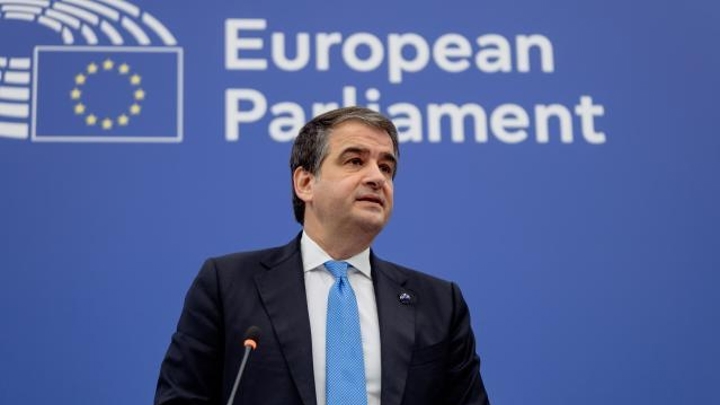Commission proposes changes to align cohesion policy with EU's evolving strategic priorities
As resources are scarce and cohesion policy faces growing scrutiny, the Commission’s proposal emphasizes the need for the policy to adapt to new challenges. The mid-term review gives Member States the flexibility to reprogramme part of their cohesion funds to better meet these emerging priorities. The proposal will enter into force at the start of 2026 if approved by the European Parliament and EU governments.

- Strengthening competitiveness and innovation
The Commission proposes extending support from the European Regional Development Fund (ERDF) to large companies in areas like defense, strategic technologies, and decarbonisation. This aims to enhance Europe’s global competitiveness and innovation, while also encouraging investments through the Strategic Technologies for Europe Platform.
- Supporting defense and eastern border regions
The proposal enables the use of cohesion funds to improve military mobility and build resilient defence infrastructure, particularly in the eastern border regions affected by the Russian war of aggression against Ukraine. These regions will receive preferential prefinancing if they move 15% of their funds to these strategic priorities.
- Affordable housing and water resilience
The Commission aims to double the amount of cohesion policy funding for affordable housing. Member States will also be able to leveraging private and public financing through a new financial instrument with the European Investment Bank (EIB). Additionally, they will also be able to increase investments in water resilience, such as digitising infrastructure and addressing drought and desertification impacts.
- Supporting the energy transition
Cohesion funds will support projects related to energy interconnectors and recharging infrastructure, helping accelerate the energy transition and promote clean mobility across Europe.
- Financial incentives for strategic priorities
All projects aligned with these strategic priorities will be entitled to up to 30% prefinancing. Programmes moving at least 15% of their funds to these priorities will receive an even higher advanced payment. The EU will cover up to 100% of costs for such investments, simplifying the process for regions to implement these critical projects.
Background
With a budget of EUR 392 billion for the 2021-2027 period, cohesion policy is the EU’s main investment policy. The mid-term review allows Member States to align their cohesion programmes with the EU’s updated priorities, ensuring cohesion policy continues to meet Europe’s evolving needs.

